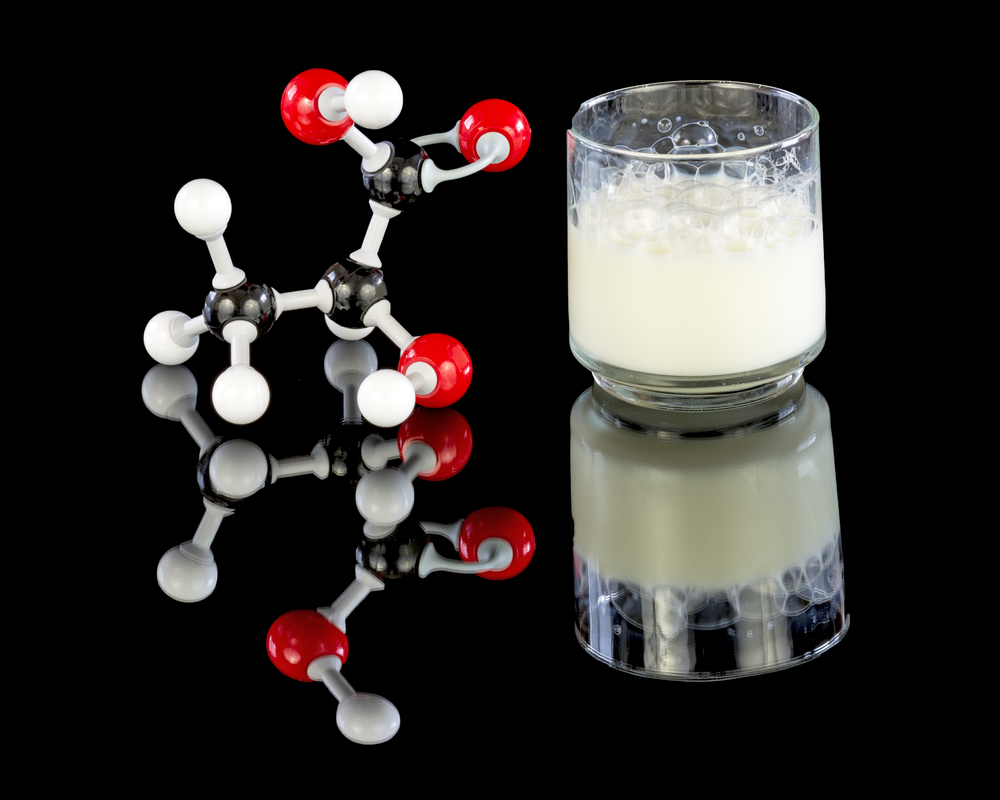Findings from a recent study published in the Revista Brasileira de Reumatologia (English Edition) revealed that patients with fibromyalgia, migraine or both do not exhibit any differences in the metabolism of lactic acid before, during or after aerobic or anaerobic exercise compared to healthy volunteers.
Migraines are a chronic neurological disorder with genetic characteristics that modulate a dysfunction in brain electrical activity, and are characterized by recurrent episodes of headache that worsens with physical activity. Lactic acid usually increases during high-intensity physical activity and is related to a decline in muscle strength and pain generation during exercise. Additionally, the increase in lactic acid observed during exercise has been shown to trigger migraine attacks with aura.
Fibromyalgia is a chronic pain condition of unknown etiology characterized by widespread spontaneous muscle pain and tenderness to palpation. The correlation between fibromyalgia and migraine varies from 22 to 50% of cases. However, the ratio of lactic acid production in patients with migraine and fibromyalgia, as well as the influence of this metabolite in the pathophysiology of these diseases, remains poorly understood.
To address this unmet clinical issue, in the study entitled “The importance of lactic acid in migraines and fibromyalgia”, Lineu Cesar Werneck from the Internal Medicine and Health Sciences Post-Graduation Program at the Universidade Federal do Paraná in Curitiba, Brazil and colleagues attempted to determine whether the metabolism of lactic acid changed in episodic migraine or chronic migraine, with or without associated fibromyalgia.
The team divided 93 patients into five groups: (1) patients with fibromyalgia (n = 20); (2) episodic migraine (n = 20); (3) chronic migraine (n = 20); (4) fibromyalgia and episodic migraine (n = 13); and (5) fibromyalgia and chronic migraine (n = 20), and 20 healthy subjects (control group).
Researchers measured patients’ blood levels of lactic acid during rest, aerobic exercise, anaerobic physical activity and while resting after anaerobic exercise. The results revealed that lactic acid increased in all groups during anaerobic physical activity without predominance in any specific group. During aerobic physical activity, all groups increased lactic acid levels, but the increase was more expressive in both the chronic migraine and the chronic migraine with fibromyalgia group without statistical significance.
According to the researchers, these findings cannot support the suggestion of abnormal metabolism of lactic acid in patients with episodic and chronic migraine associated with fibromyalgia, as they did not found a causal relationship between migraine, fibromyalgia and lactic acid production.

